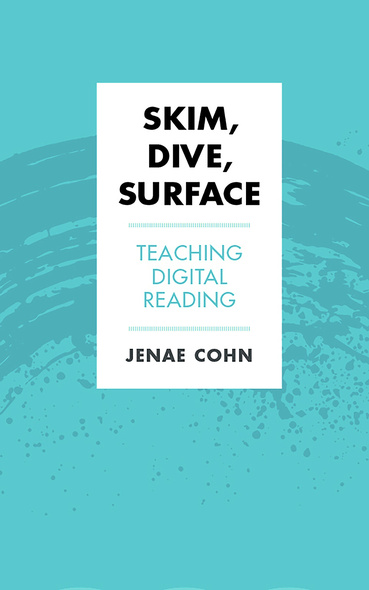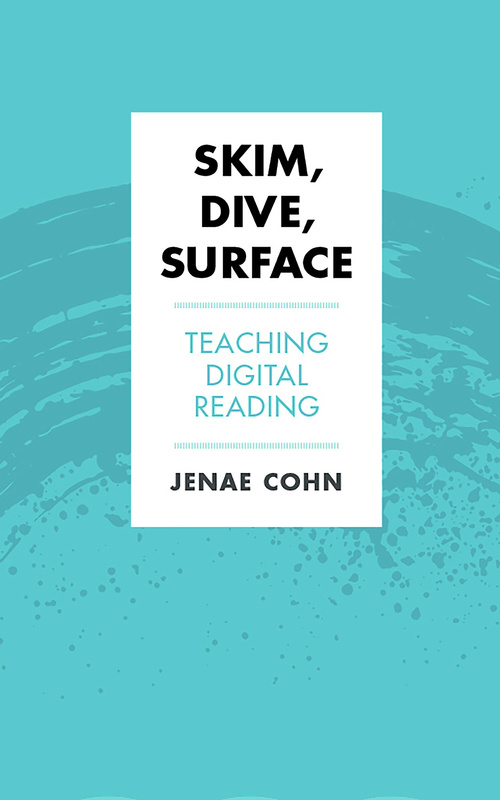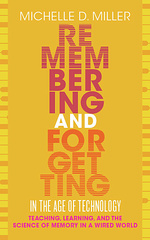
Students are reading on screens more than ever—how can we teach them to be better digital readers?
Smartphones, laptops, tablets: college students are reading on-screen all the time, and digital devices shape students’ understanding of and experiences with reading. In higher education, however, teachers rarely consider how digital reading experiences may have an impact on learning abilities, unless they’re lamenting students’ attention spans or the distractions available to students when they’re learning online.
Skim, Dive, Surface offers a corrective to these conversations—an invitation to focus not on losses to student learning but on the spectrum of affordances available within digital learning environments. It is designed to help college instructors across the curriculum teach digital reading in their classes, whether they teach face-to-face, fully online, or somewhere in between. Placing research from cognitive psychology, neuroscience, learning science, and composition in dialogue with insight from the scholarship of teaching and learning, Jenae Cohn shows how teachers can better frame, scaffold, and implement effective digital reading assignments. She positions digital reading as part of a cluster of literacies that students should develop in order to communicate effectively in a digital environment.
An important, accessible contribution to conversations about digital reading.’
Ellen Carillo, author of MLA Guide to Digital Literacy
Acknowledgments
Introduction: Why Teach Digital Reading?
Part 1. Skim
Understanding Historical, Affective, and Neurological Perspectives on Reading Technologies
1. The Chained Book: A Historical Overview of Reading Technology in Higher Education
2. The Held Book: How Our Feelings for Books Impact How We Teach Reading
3. The Brain on Books: What the Neuroscience of Reading Can Tell Us about Reading on Screens
Part 2. Dive
Exploring the Digital Reading Framework to Promote Deep Reading Practices
An Introduction to the Digital Reading Framework: Curation, Connection, Creativity, Contextualization, Contemplation
4. Curation
5. Connection
6. Creativity
7. Contextualization
8. Contemplation
Part 3. Surface
Critically Approaching the Adoption and Use of Digital Reading Technologies
9. The Ethical Implications of Digital Reading: Grappling with Digital Archiving, Readerly Privacy, and Evidence of Our Reading
Conclusion: Principles, Practices, and Futures for Digital Reading
Appendix: Tools for Digital Reading
References
Index







